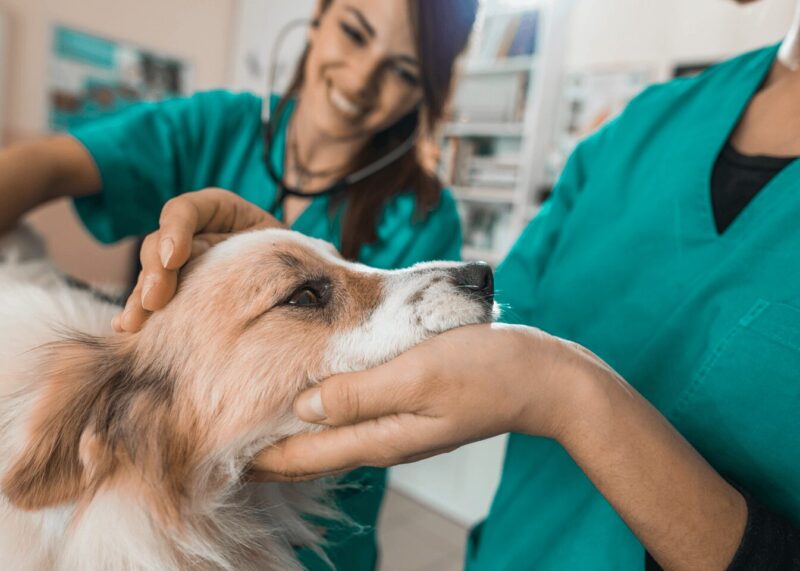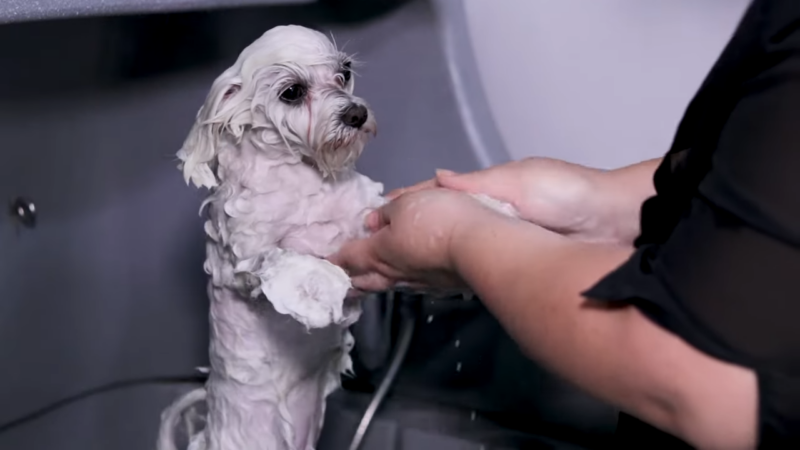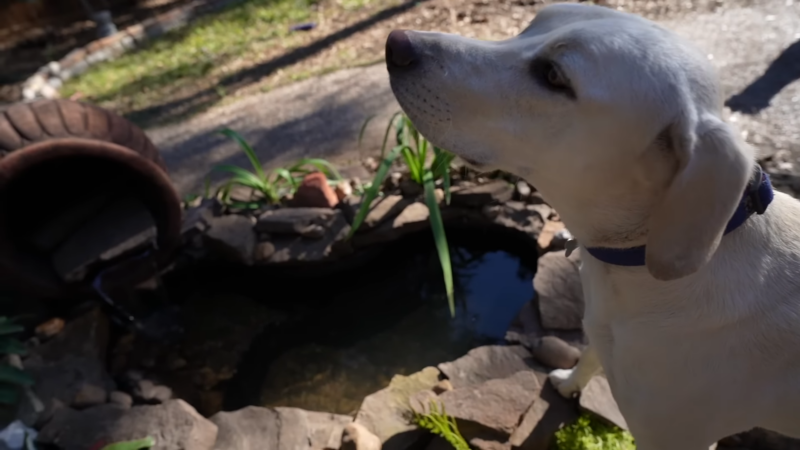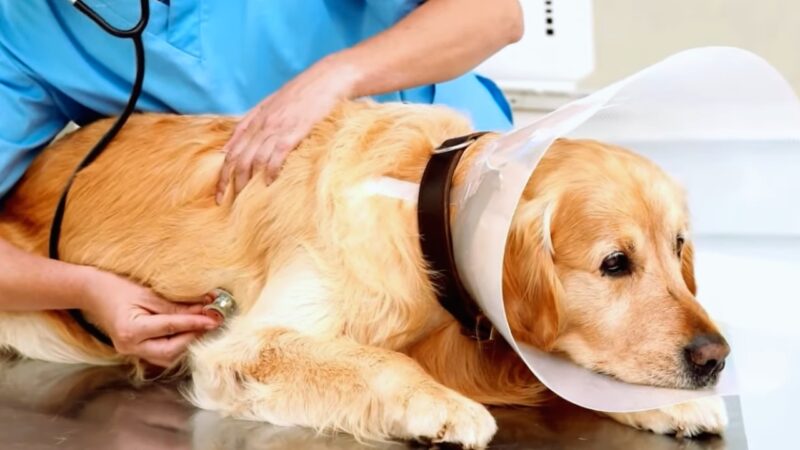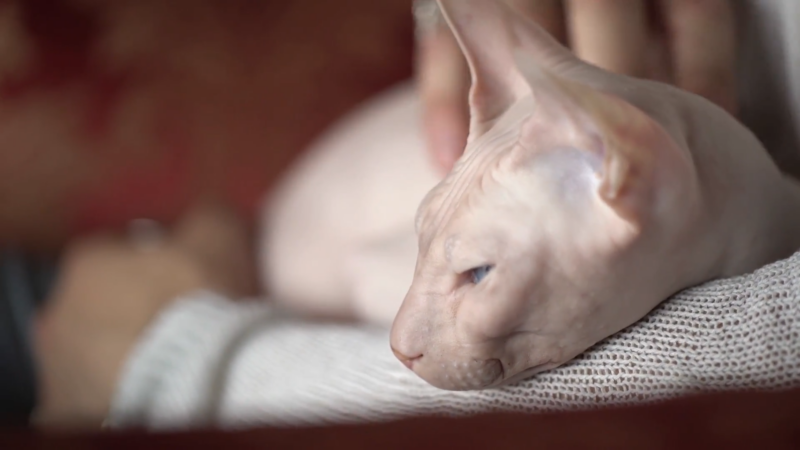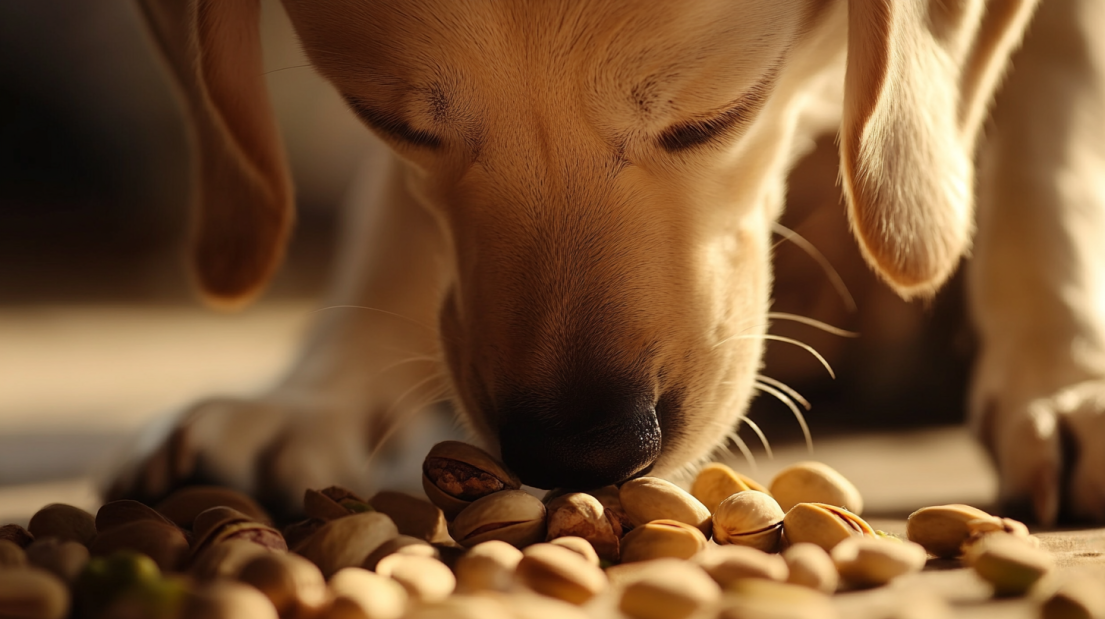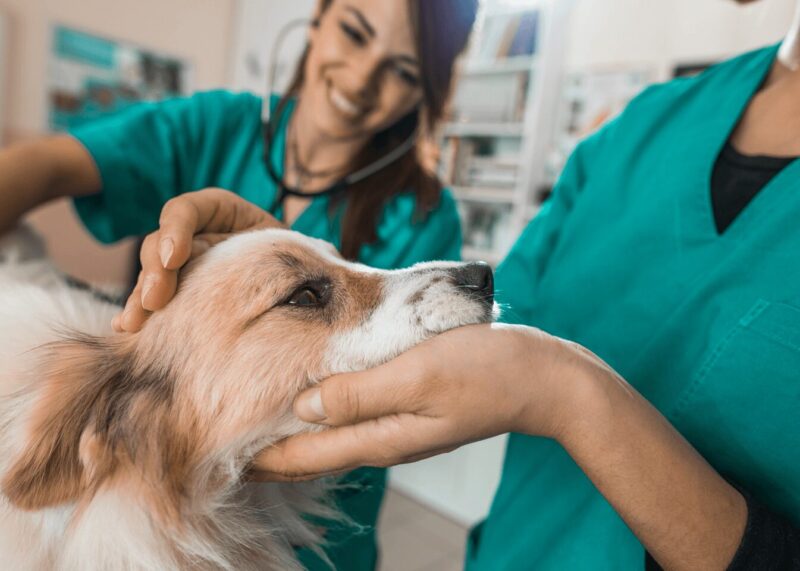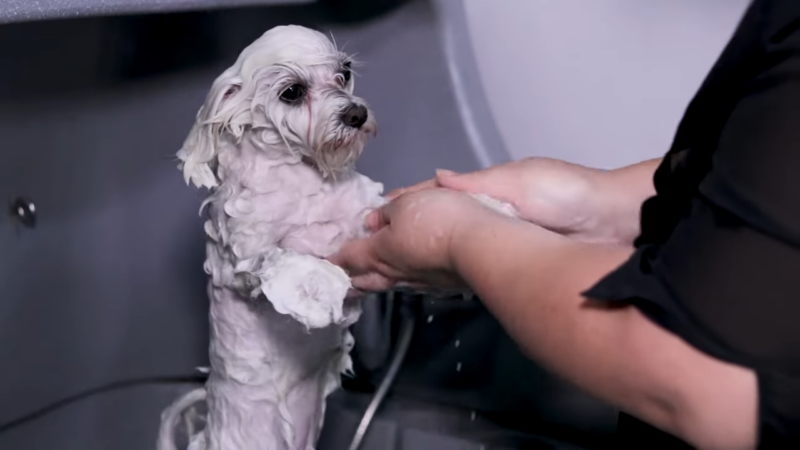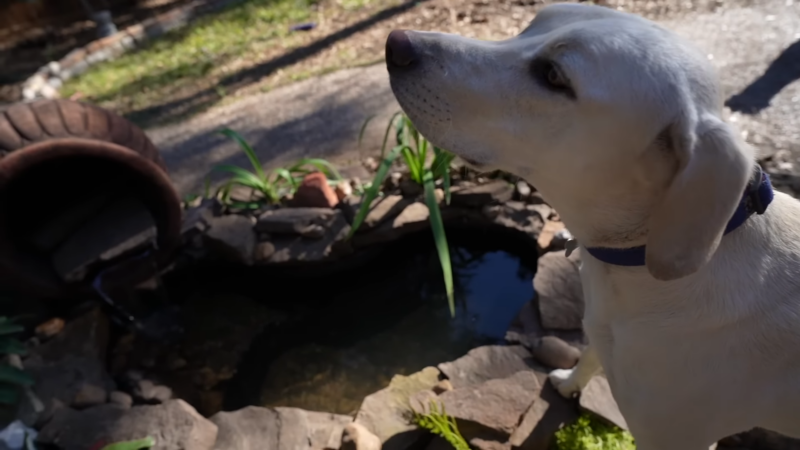
-
 Jane Harmon
Jane Harmon
- Published:
- Updated: March 12, 2024
- Category: Dog Specific Care, Pet Health and Care
Share Post:
It is crucial for us to understand the physiology and behavior of our female dogs. It allows us to provide better care for our baby girls and understand their needs and behaviors. One topic that often sparks curiosity and debate is whether they can experience orgasm.
While this might seem like a strange question, it’s an important aspect of canine reproductive behavior that deserves exploration. The concept of orgasm in animals, particularly in female dogs, is complex and not fully understood.
What Do Scientists Say?

The question of whether female dogs can experience orgasm is a topic of debate among experts in veterinary medicine and animal behavior. Some experts suggest that female canines, like other mammals, may experience a form of sexual pleasure or even orgasm.
However, these views are often based on anecdotal observations and interpretations of behavior, rather than hard scientific evidence. The scientific literature on this topic is limited, and there are few studies specifically investigating this topic.
Most research on canine sexual behavior focuses on reproductive aspects, such as the estrus cycle and mating behaviors, rather than pleasure or orgasm. While the current scientific evidence does not definitively answer the question, it does highlight the complexity of canine sexual behavior.
It also underscores the need for further research in this area to enhance our understanding of their physiology and behavior.
The Purpose of Sexual Behavior
In animals, the primary purpose of sexual behavior is reproduction. Female dogs exhibit specific behaviors during their estrus cycle, the period when they are receptive to mating. These behaviors are driven by hormonal changes and are aimed at attracting a male to mate.
During the estrus cycle, they may exhibit behaviors such as flagging, where they hold their tail to the side, and presenting, where they position themselves for mating. These behaviors are not indicative of sexual pleasure or orgasm, but rather, they are instinctual behaviors aimed at facilitating reproduction.
While these behaviors are primarily driven by the instinct to reproduce, this does not necessarily mean that female dogs do not experience any form of pleasure during mating.
However, any discussion about pleasure or orgasm in dogs must be based on careful observation and scientific research, as dogs cannot communicate their experiences in the same way humans can.
Differences Between Female and Male Sexual Response
The sexual response mechanisms in female and male dogs are different, primarily due to their distinct reproductive roles. Male canines, like other male mammals, experience orgasm as a part of ejaculation, which is necessary for the delivery of sperm and subsequent fertilization of the female’s eggs.
In contrast, female dogs do not need to orgasm for fertilization to occur. The act of mating and the male’s ejaculation triggers a series of physiological responses in the female, leading to ovulation and the potential for fertilization.
This is not to say that they cannot experience orgasm, but rather, that orgasm is not a necessary part of the reproductive process for them. The physiological aspects of their sexual behavior are not as well understood as those in males.
This is partly due to the complexity of their reproductive physiology and the challenges in studying these processes. However, ongoing research in this area continues to shed light on the intricacies of female sexual behavior in dogs.
The Concept of Canine Orgasm
The concept of orgasm in animals, including dogs, is a topic of ongoing debate among scientists. In humans, orgasm is often defined by intense pleasure, typically accompanying ejaculation in males and, in many cases, sexual climax in females.
Applying this definition to animals is challenging, as we cannot truly know what an animal is experiencing. In the context of female canines, the concept of orgasm is even more complex. While male dogs have a clear physiological marker of orgasm (ejaculation), female dogs do not have a comparable, observable event.
This has led some researchers to suggest that if female dogs do experience orgasm, it may be more similar to the human female orgasm, which can occur without any obvious external signs. It’s also important to note that while humans and dogs share some similarities in reproductive anatomy, there are also significant differences.
Therefore, while it’s possible that they may experience a form of sexual pleasure or even orgasm, it’s likely to be different from the human experience of orgasm.
Observations of Female Sexual Behavior
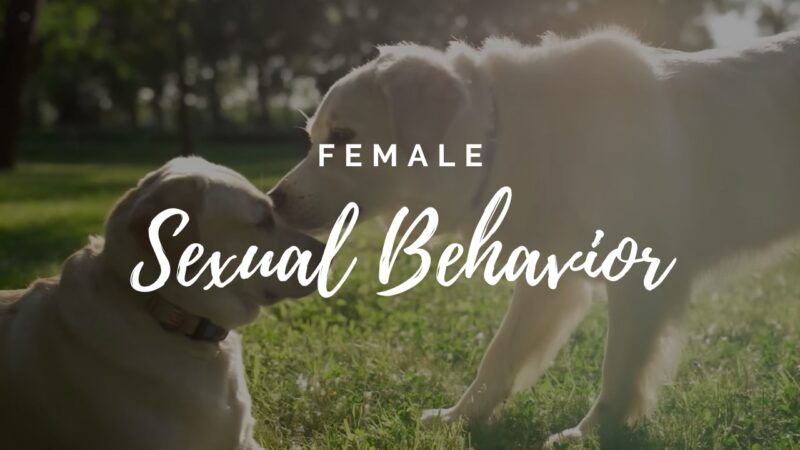
Observations of female dog sexual behavior can provide some insights into their potential for experiencing pleasure or orgasm. During mating, they exhibit a range of behaviors, some of which may suggest pleasure.
It can be challenging to interpret these behaviors, as dogs cannot communicate their experiences in the same way humans can. Some behaviors that have been noted during mating include increased heart rate, rapid breathing, and muscular contractions.
These physiological responses are similar to those seen in other mammals during sexual activity and could potentially indicate pleasure or arousal. However, they could also simply be responses to the physical activity of mating.
Other behaviors, such as the female positioning herself for mating and appearing relaxed and cooperative during the act, could also potentially indicate pleasure. These behaviors are also part of the normal mating process and are driven by the instinct to reproduce.
Therefore, while these observations are interesting, they do not provide definitive evidence of orgasm in females.
Neurological and Physiological Aspects
The neurological and physiological processes associated with sexual behavior in female canines are complex and not fully understood. During mating, a range of physiological responses occur, including changes in heart rate, blood pressure, and hormone levels.
These responses are primarily driven by the autonomic nervous system, which controls involuntary bodily functions. In many mammals, sexual arousal and orgasm are associated with increased activity in certain areas of the brain.
However, the neurological processes associated with sexual behavior in dogs are not well studied, and it’s unclear whether similar brain activity occurs in female dogs during mating.
While it’s challenging to study these processes, some research suggests that sexual activity may trigger the release of hormones and neurotransmitters associated with pleasure in other mammals. More research is needed to fully understand these processes and their role in potential orgasmic experiences in female canines.
Factors Influencing Sexual Behavior
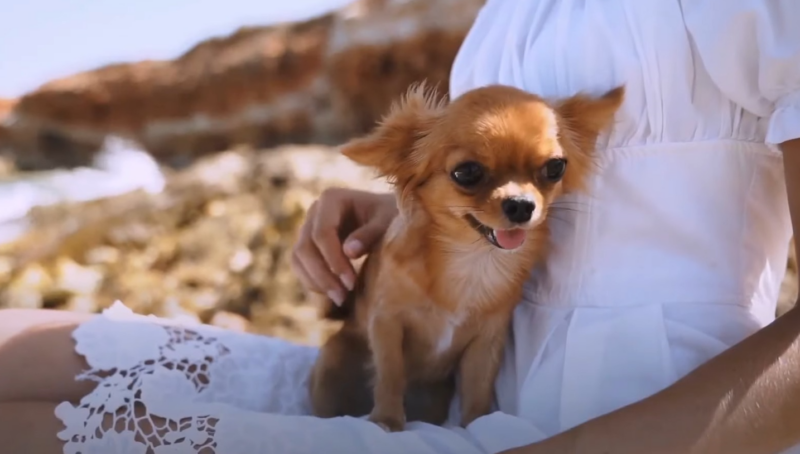
Several factors can influence sexual behavior in female dogs, including environmental, hormonal, and social factors. These factors can affect their receptivity to mating, their behaviors during mating, and potentially, their experience of pleasure or orgasm.
Environmental factors, such as the presence of a suitable mate and a safe, comfortable location for mating, can influence their willingness to mate. Hormonal factors, particularly the changes in hormone levels during the estrus cycle, play a crucial role in triggering sexual behavior.
Social factors, such as the presence of other dogs and the behaviors of the males, can also influence female sexual behavior. For example, a female canine may be more receptive to a male that displays appropriate courtship behaviors. While these factors can influence sexual behavior, it’s unclear how they might affect the potential for orgasm.
This is an area that would benefit from further research.
The Role of Mating
The primary purpose of mating in female dogs, as in other animals, is reproduction. During mating, the male’s ejaculation triggers a series of physiological responses in the female, leading to ovulation and the potential for fertilization.
While mating behaviors, such as positioning and cooperation, may potentially indicate pleasure, they primarily serve reproductive purposes. For example, the female’s positioning facilitates the male’s penetration and ejaculation, increasing the chances of successful fertilization.
The link between mating behavior and reproductive success highlights the primary role of these behaviors in female dogs. While it’s possible that they may experience pleasure or even orgasm during mating, these experiences are not the primary purpose of the behavior and are not necessary for reproductive success.
What About Their Anatomy?
The reproductive system of female dogs, like other mammals, is designed for the primary purpose of reproduction. It includes several structures such as the ovaries, which produce eggs and hormones, the uterus, where puppies develop, and the vagina, which serves as the birth canal and the site for mating.
The clitoris, a small, sensitive organ located within the vulva, is another important part of the female dog’s reproductive anatomy. In many mammals, the clitoris plays a role in sexual pleasure, leading to speculation about its role in female dogs.
However, the function of the clitoris in dogs is not well understood and is a topic of ongoing research. Each part of the reproductive system plays a role in the mating process, and any discussion about canine orgasm would be incomplete without considering these anatomical structures.
Ethical Considerations
The topic of female dog orgasm raises several ethical considerations. While it’s important to understand the physiology and behavior of our canine companions, we must also respect their welfare and avoid anthropomorphizing their experiences.
From a welfare perspective, it’s crucial to ensure that any mating activity is consensual and does not cause distress or harm to either dog. This is particularly important in managed breeding situations, where human intervention is involved.
The potential impact of this topic on breeding practices is also worth considering. If female dogs do experience orgasm or sexual pleasure, this could have implications for how breeding is managed.
However, any changes to breeding practices should be based on solid scientific evidence and should always prioritize the welfare of the dogs involved.
FAQs
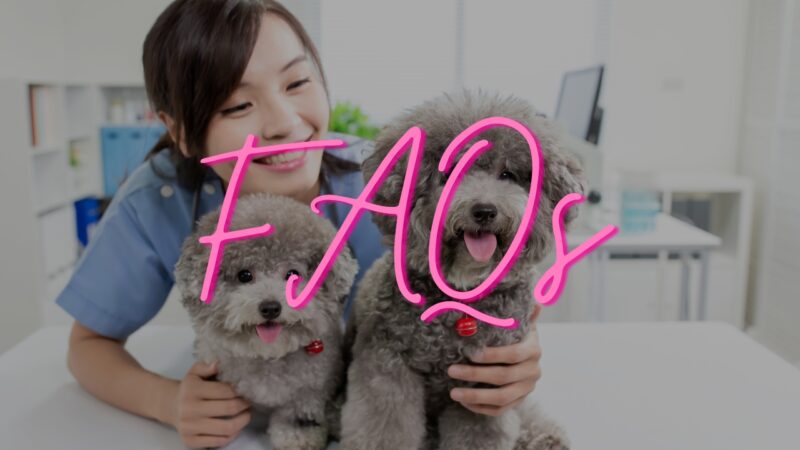
Can Females Experience Sexual Frustration if Not Allowed to Mate?
They do not typically experience sexual frustration if they are not allowed to mate, as their primary drive is reproductive.
Do They Have a Refractory Period After Mating?
Unlike male dogs, they do not have a refractory period after mating and can potentially engage in subsequent matings.
Can Females Engage in Homosexual or Non-Reproductive Sexual Behaviors?
Female canines may exhibit mounting or other sexual behaviors towards other females as a form of social interaction or dominance display.
Do They Show a Preference for Specific Mating Partners?
They may exhibit mate preference based on factors such as social familiarity, pheromonal cues, or physical attributes.
Can the Absence of Orgasm Affect Their Overall Reproductive Health?
This does not appear to impact their overall reproductive health or abilities.
Conclusion
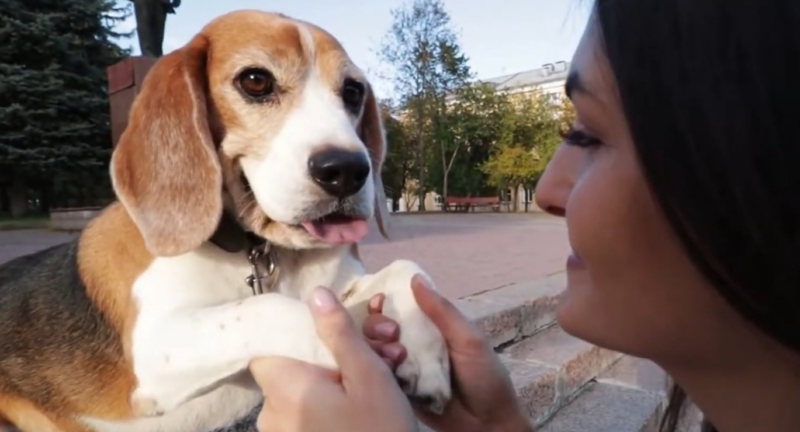
In conclusion, the question of whether female dogs can experience orgasm is complex and not fully understood. While there are observations and theories that suggest they may experience a form of sexual pleasure, there is currently limited scientific evidence to support these claims.
Further research in this area could provide valuable insights into the sexual behavior of female canines and enhance our understanding of their physiological and behavioral needs.
While exploring the fascinating topic of canine pleasure, the comprehensive guide “Why Is My Dog’s Skin Pink?” could provide valuable insights into various aspects of canine health and physiology.
Related Posts:


